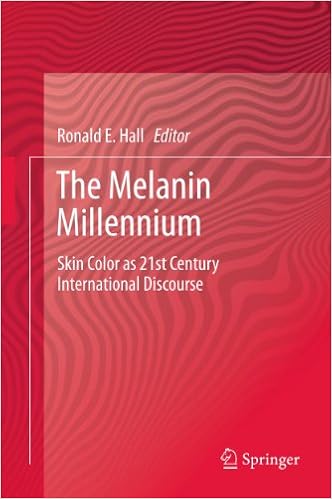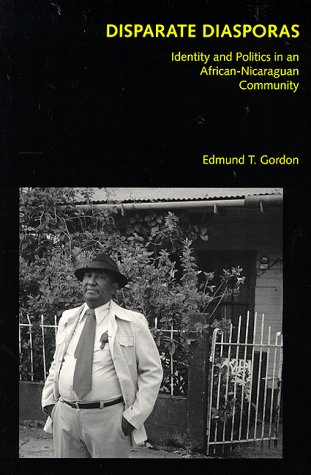Mixed-Race ChicPosted in Articles, Media Archive, Politics/Public Policy, Social Science, United States on 2013-03-15 20:08Z by Steven |
The Chronicle Review
The Chronicle of Higher Education
2009-05-19
Rainier Spencer, Associate Vice Provost for Academic Affairs
University of Nevada, Las Vegas
Popular wisdom suggests that we are in the midst of a transformation in the way race is constructed in the United States. Indeed, so strong and so inevitable is this shift said to be that longstanding racial dynamics are purportedly being dismantled and reconstructed even as you read these words.
According to this view, individuals of mixed race, particularly first-generation multiracial people, are confounding the American racial template with their ambiguous phenotypes and purported ability to serve as living bridges between races. This perspective is reflected in television and magazine advertising and coverage and in books both academic and nonacademic. As long as a decade ago, the sociologist Kathleen Odell Korgen wrote in From Black to Biracial: Transforming Racial Identity Among Americans (Praeger, 1998) that “today mixed-race Americans challenge the very foundation of our racial structure.”
From his well-received speech on race, in which he positioned himself as having a direct understanding of both black and white anger, to his reference to himself as a “mutt,” Barack Obama and his historic election have significantly boosted this view. Many Americans hail his background as portending our postracial future. We hear that self-styled multiracial young adults accept their mixed identity far more than did their pre-civil-rights-era predecessors; but precisely what they are actually assenting to and what it means may be little more than a fad.
People who see us accepting a new multiracial identity have long argued that it is destructive of race: that recognition and acceptance of multiracialism will bring about the demise of the American racial model. The American Multiracial Identity Movement thereby suggests that multiracial identity possesses an insurgent character, a militant stance against the idea of recognizing race in the United States.
Regardless of their contemporary popularity, such claims are without merit. Indeed, they are self-contradictory. If one holds that multiracial identity is a real and valid identity, then it can be sensible only as a biological racial identity. If words are to mean anything, and they should, it quite obviously cannot be that a multiracial identity is somehow not a biological racial identity. Rather, multiracial identity merely falls in place to join other, already existing racial categories…
…As Catherine R. Squires, a professor of journalism, writes in Dispatches From the Color Line: The Press and Multiracial America (State University of New York Press, 2007), multiracialism is fundamentally ambiguous: “This ambiguity is about exoticism and intrigue, providing opportunities for consumers to fantasize and speculate about the Other with no expectations of critical consideration of power and racial categories.” Squires makes an important point, for it is crucial to be able to separate racial ambiguity that might be utilized to work consciously against racial hierarchies from racial ambiguity that is simply a form of self-interested celebration that ends up reinforcing those racial hierarchies…
Read the entire article here.

